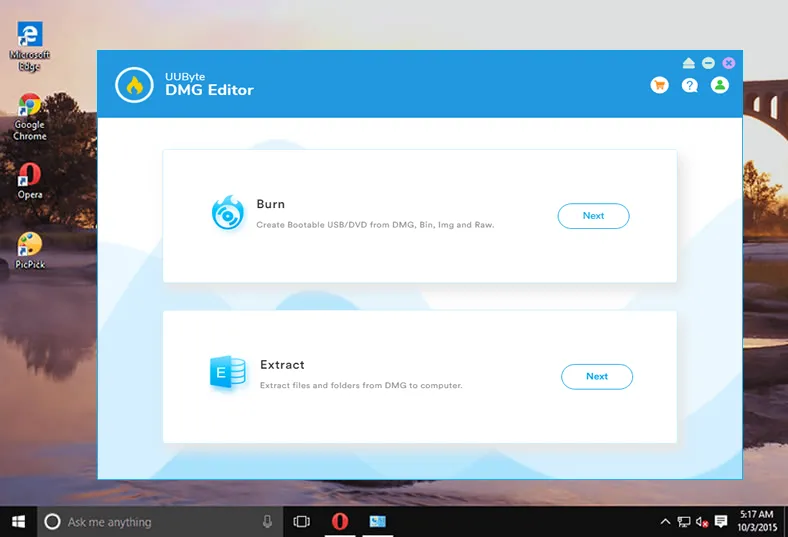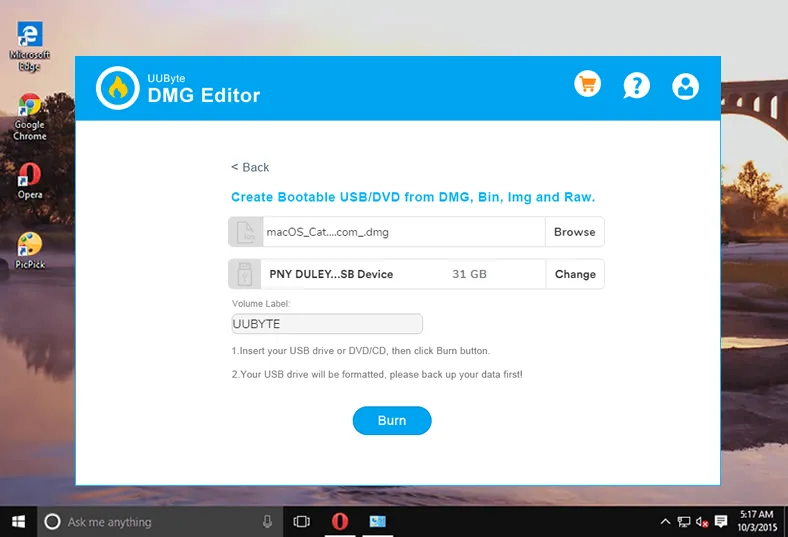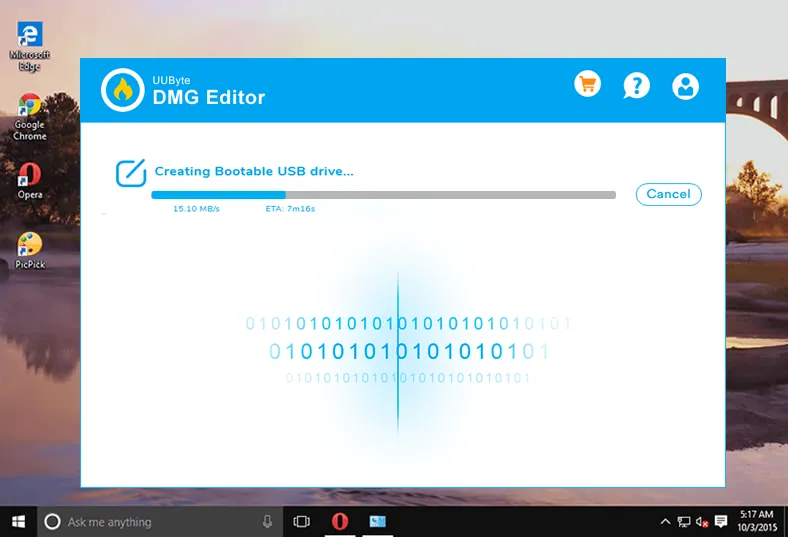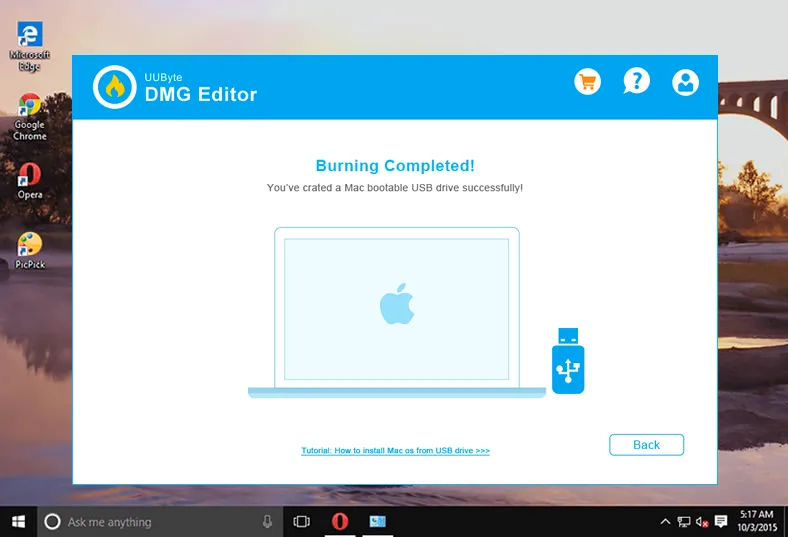A DMG file is essentially Apple's format for mountable disk images in Mac OS X (macOS) computers. When opened, it mounts a virtual disk on the computer, and is normally used for installing new applications. DMG file is usually encrypted and compressed, unlike ISO, which is an uncompressed disk image format.
While DMG files are usually downloaded from the Mac App Store, they can also be burned to a USB disk when you want to install a utility on another machine. In such cases, you will need to create a bootable macOS disk or burn it to a USB flash drive so it can be used on another system for OS installation. This article shows you four different ways to burn .dmg file on Windows PC or Mac.
Best Way to Burn DMG to USB on Windows PC & Mac
UUByte DMG Editor is a versatile application that can help you burn DMG files to a USB drive on Windows PC and Mac. The interface is very simple, and all you need to do is click a few times and the job is done for you. DMG Editor gives you the option of creating macOS bootable USB drive for installation, and is the perfect tool for transporting your DMG files in their ISO avatar. Assuming you have a USB drive with enough capacity, it can hold several programs.
DMG Editor doesn't require any technical expertise because it is specifically designed for new users who may not be comfortable handling disk images. All the hard work is done behind the scenes, and the layout is intuitive enough for any novice to figure out what to do. For first-time users, here's a small guide for using it to burn .dmg file to a USB drive.
Key Features of DMG Editor
- Make USB bootable after burning to USB.
- Able to edit DMG file and recreate it.
- Also support burning to CD or DVD disc.
- Easily extract files from DMG file.


Step 1: Install UUByte DMG Editor
Install DMG Editor after downloading it from the official site. Insert your USB drive into a free port.

Step 2: Insert USB Drive and Import DMG File
Launch DMG Editor and select the "Burn" option, which will take you to a new window.

Step 3: Start Burning DMG to USB
Select the DMG file and specify the destination, which is your USB drive. Click on Burn. That's it! In a few moments your USB drive containing the DMG file will be ready.

Step 4: Install macOS from USB
When the burning process is completed, you will get to the following screen. Please open the foot link and take a full read, which tells you how to install macOS from external USB drive.

Using DMG Editor to create macOS bootable USB is an easy task because there is no command involved and the user interface is intuitive. That's why it is favored by thousands of users across the world.


Pros:
- Create bootable macOS installer from dmg file.
- Easy to use.
- Extract content from DMG file on PC.
- Support latest macOS Catalina.
Cons:
- Premium software.
- Lack support for old Mac OS X.
Summary
All of these methods work well, so it's just a matter of preference and convenience, and depends on whether you have a Mac or a Windows PC. On a Mac, Disk Utility may show you some errors when burning a DMG file to a drive. Similarly, when you use a Windows system, converting DMG to ISO could corrupt the file, making it unusable once you convert it back to DMG. That's why we recommended YouConvertIt for that. Based on all these factors, choose the method that will work best for your specific situation.


